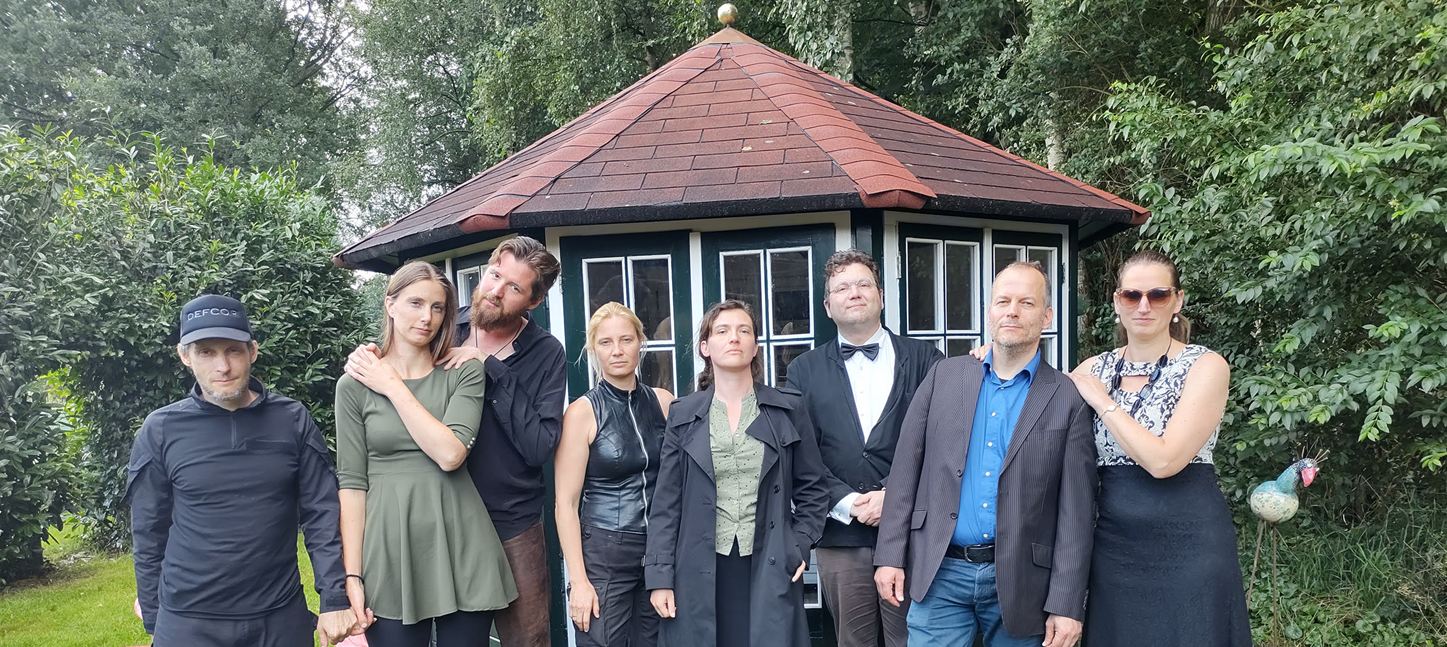Tag: co-creation
-

Improv Larp: How to Organize a Larp with the Least Amount of Effort
in
A collaboratively built experience co-created by all the participants together designed and played within the same weekend.
-

On Co-creating Experiences – iFoL
in
IFoL, standing for “Its Full of Larps”, is typically a long weekend, dedicated to short form larps and socializing.